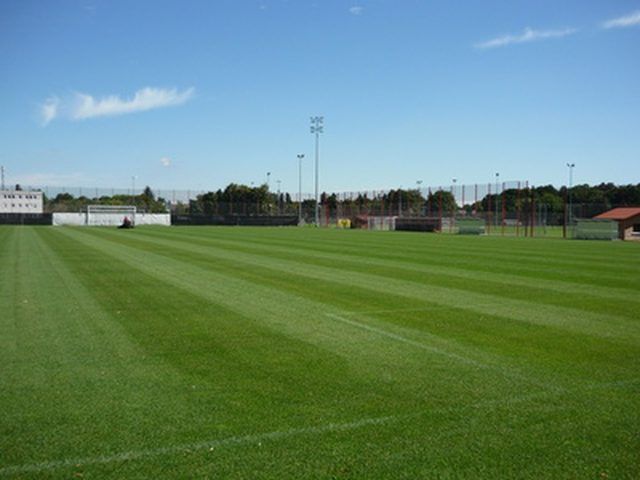Bulbs
Flower Basics
Flower Beds & Specialty Gardens
Flower Garden
Garden Furniture
Garden Gnomes
Garden Seeds
Garden Sheds
Garden Statues
Garden Tools & Supplies
Gardening Basics
Green & Organic
Groundcovers & Vines
Growing Annuals
Growing Basil
Growing Beans
Growing Berries
Growing Blueberries
Growing Cactus
Growing Corn
Growing Cotton
Growing Edibles
Growing Flowers
Growing Garlic
Growing Grapes
Growing Grass
Growing Herbs
Growing Jasmine
Growing Mint
Growing Mushrooms
Orchids
Growing Peanuts
Growing Perennials
Growing Plants
Growing Rosemary
Growing Roses
Growing Strawberries
Growing Sunflowers
Growing Thyme
Growing Tomatoes
Growing Tulips
Growing Vegetables
Herb Basics
Herb Garden
Indoor Growing
Landscaping Basics
Landscaping Patios
Landscaping Plants
Landscaping Shrubs
Landscaping Trees
Landscaping Walks & Pathways
Lawn Basics
Lawn Maintenance
Lawn Mowers
Lawn Ornaments
Lawn Planting
Lawn Tools
Outdoor Growing
Overall Landscape Planning
Pests, Weeds & Problems
Plant Basics
Rock Garden
Rose Garden
Shrubs
Soil
Specialty Gardens
Trees
Vegetable Garden
Yard Maintenance
Push Mower vs. Self-Propelled
Push Mower vs. Self-Propelled. Lawn mowers are available in two styles. The one most people commonly know is a push mower, which requires the user to push a motorized blade cutter with wheels across the lawn. The second one is the self-propelled motor. It works similar, but the motor provides more work; this small difference matters a lot when...

Lawn mowers are available in two styles. The one most people commonly know is a push mower, which requires the user to push a motorized blade cutter with wheels across the lawn. The second one is the self-propelled motor. It works similar, but the motor provides more work; this small difference matters a lot when choosing between a push or self-propelled mower.
Work
The user has to do all the work when pushing a push mower, as the motor only spins the cutting blade. A self-propelled mower mechanically pushes the mower forward with a gearbox connected to either the front or rear wheels. The only thing the user has to do is guide it where it needs to go.
Speed
A push mower goes only as fast as the user pushes it; the wheels are propelled by the user. A one-speed self-propelled mower goes 3 miles per hour. A variable-speed version, which is controlled by a throttle on the handle, goes up to 3 1/2 miles per hour.
Weight
Self-propelled mowers are heavier due to the propulsion gearbox. This extra weight is minimal, but still noticeable. A push mower is easier to maneuver because of its lower weight.
Price
For a consumer on a budget, push mowers are much cheaper. As of June 2010, at Sears.com, they start at $130 for a 20-inch cutting blade and a motor with 5 foot-pounds of torque. The prices go upward as the motor size and blade size increase. Self-propelled mowers start at $260 for 22-inch blade and 6 foot-pounds of torque and go up from there.
Engine
Self-propelled mowers have larger engines that can do more work than push mowers. One reason for this is because manufacturers sell self-propelled mowers as premium mowers that have more options and bigger engines than the standard versions.
Propelled Versions
Pushing a push mower up a hill is strenuous. A rear-drive self-propelled mower is designed for hills, which increases the user's work rate by pulling the rear wheels and not the front. A front-drive self-propelled version is best for flat land.